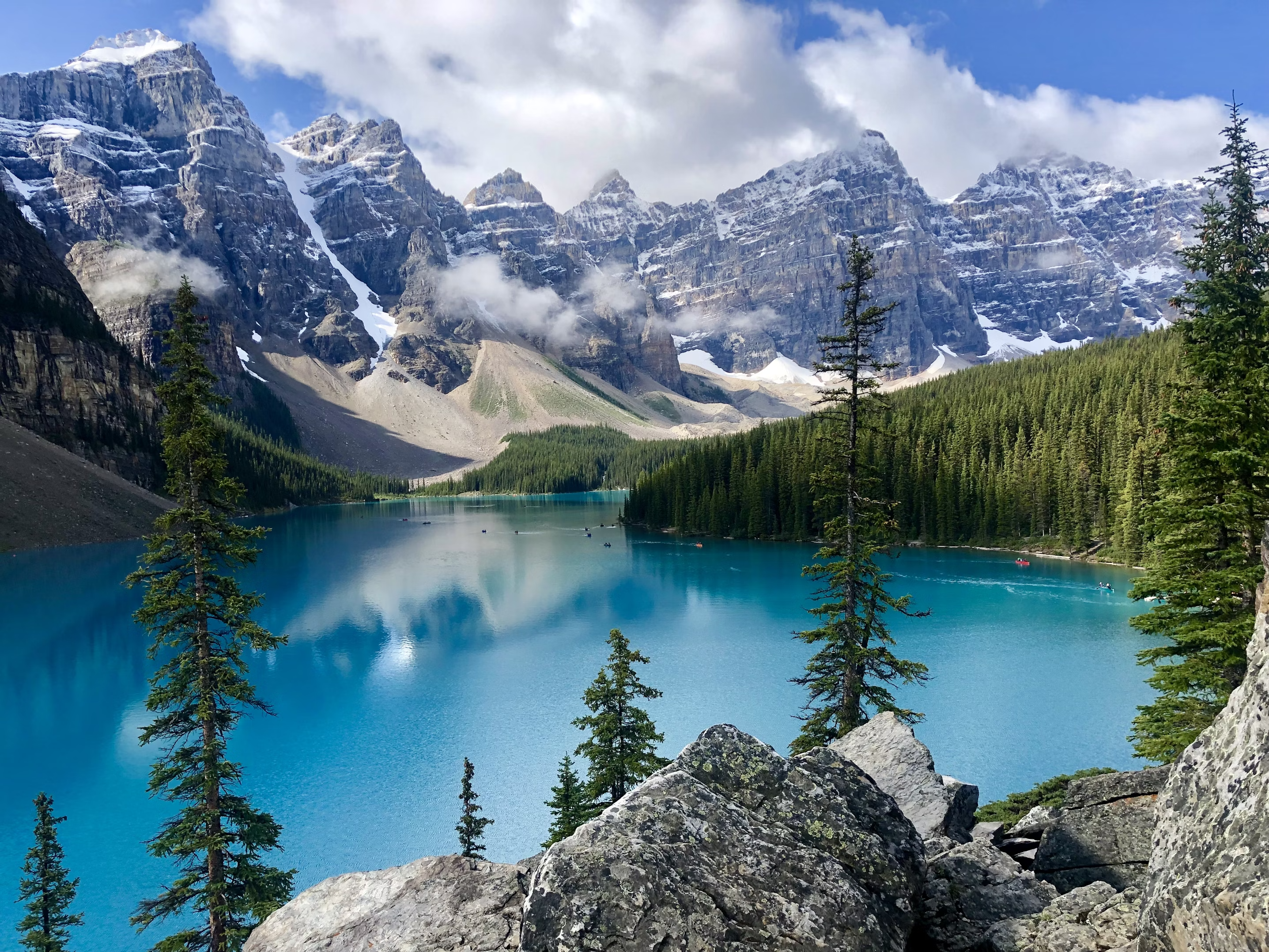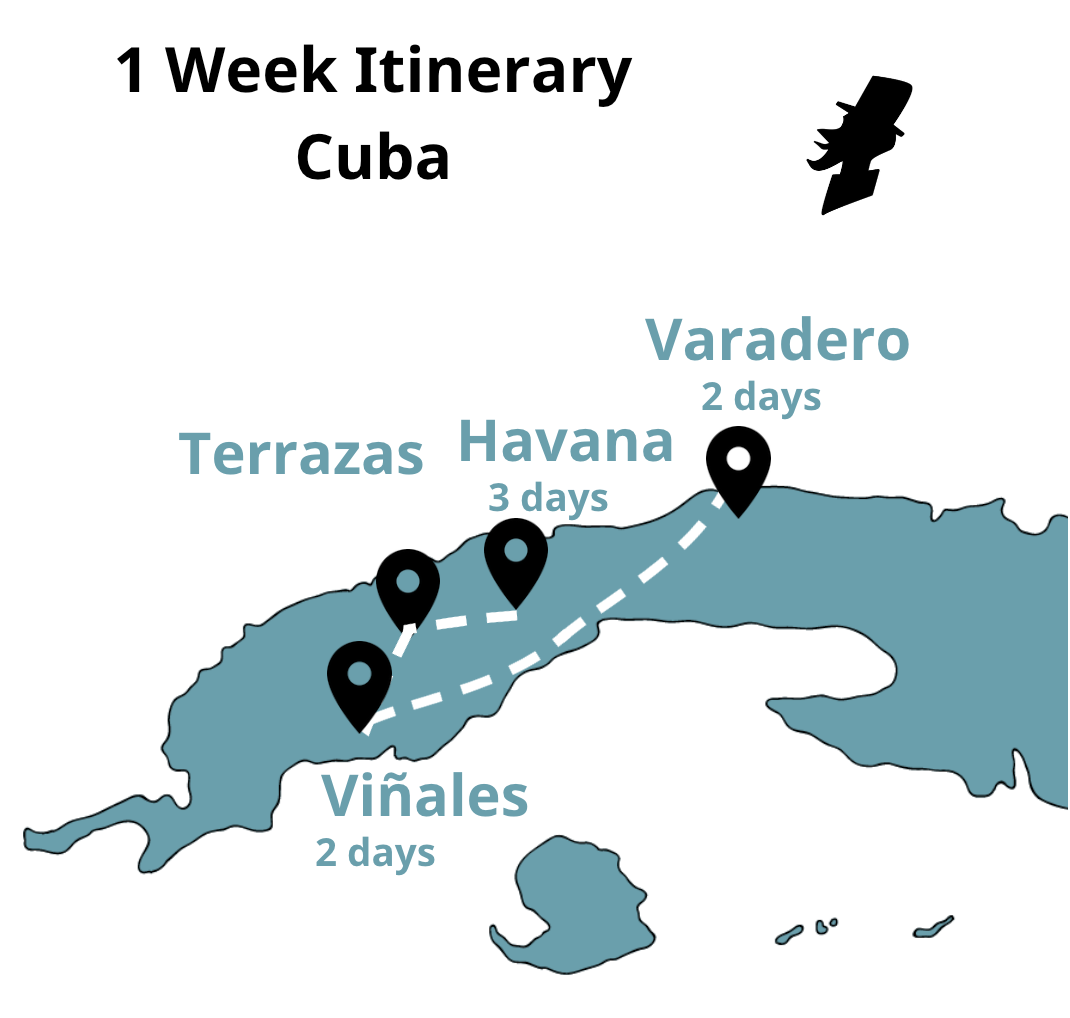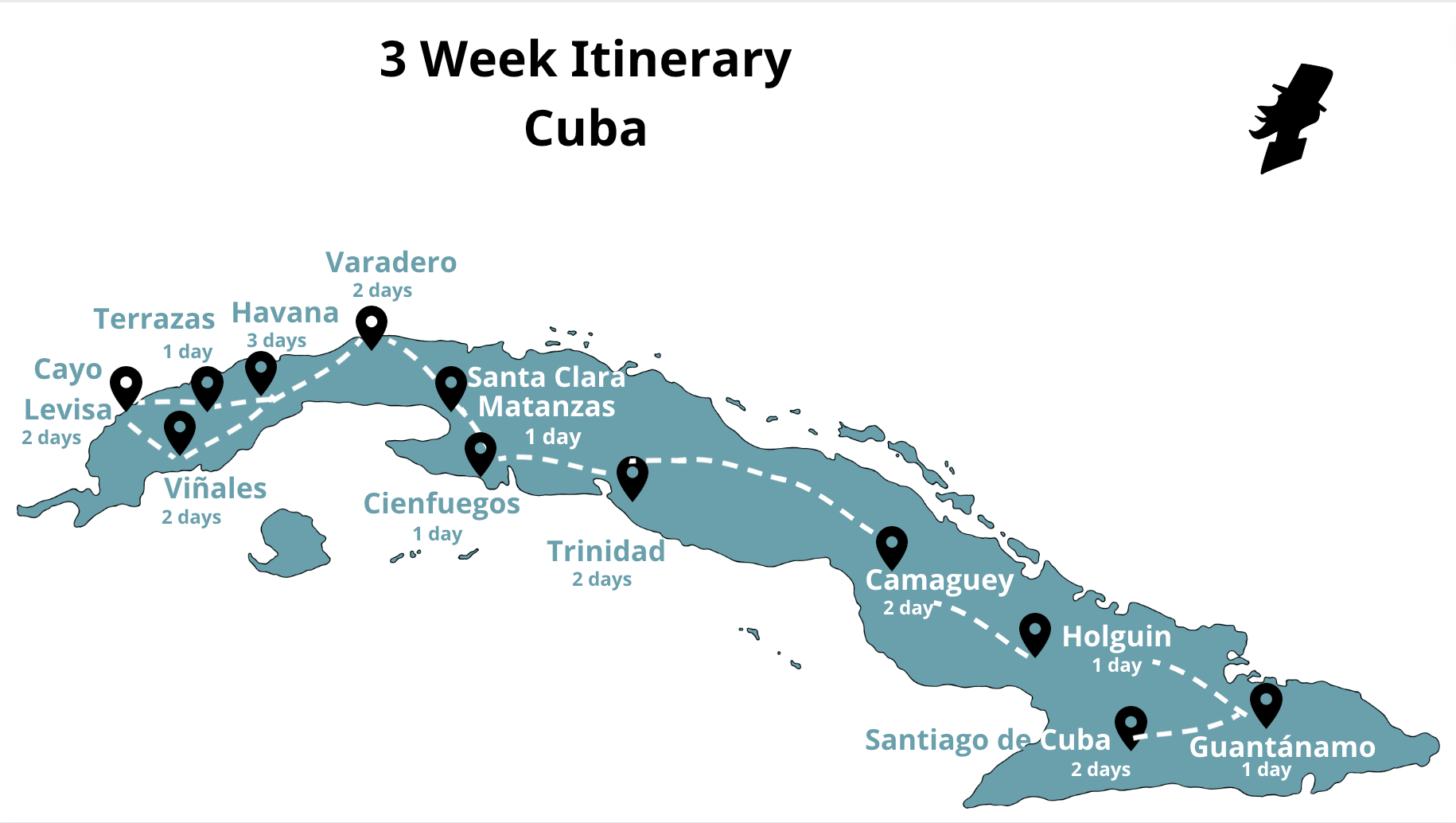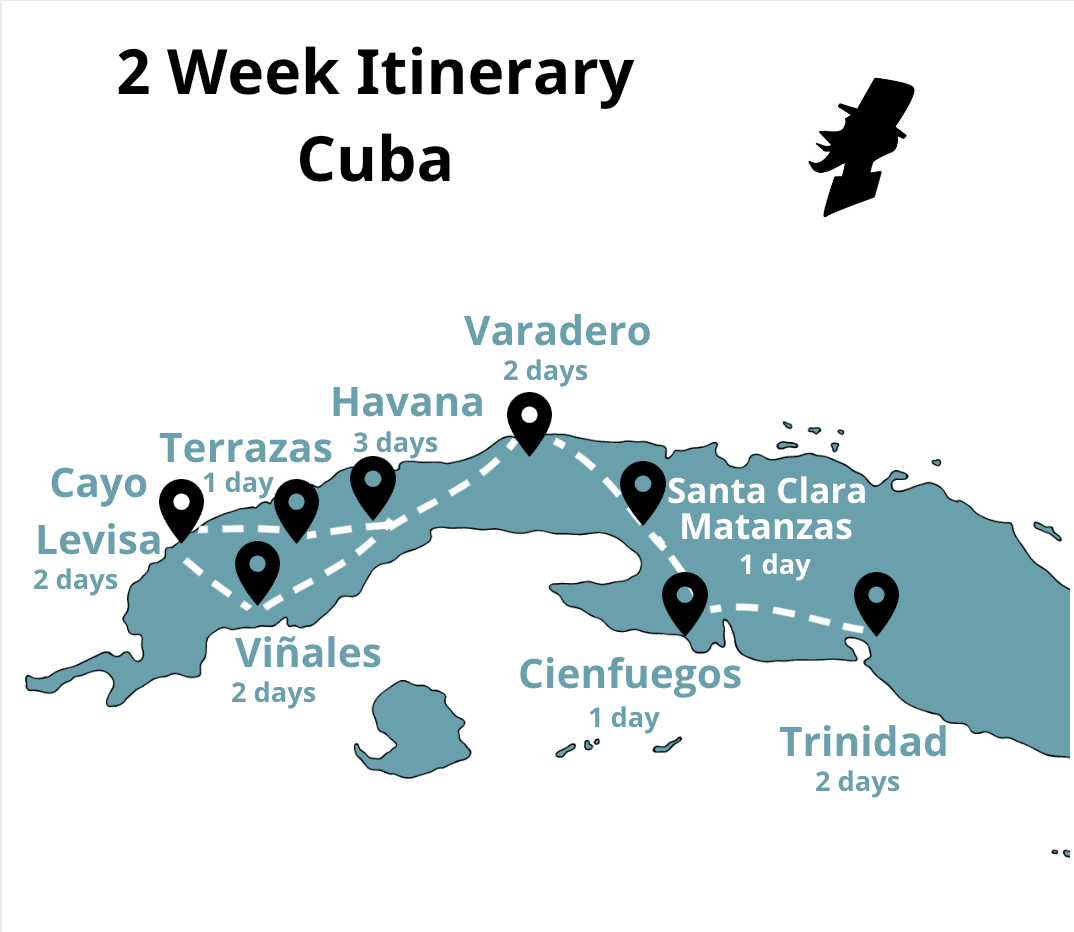In past episodes I’ve talked about all the things you can do in Bogotá. First, I mentioned the best viewpoints in the city, and the must-see places to visit in La Candelaria. Then, I talked about the churches, museums and typical food restaurants, and in my last episode I talked about the best gastronomic areas of the city, the plans you can make as a local, and the plans you can make to surround yourself with nature. With all this you already have plenty of plans to do in the city, but apart from that you could do small roadtrips or day trips to places near Bogota. Today I’m going to talk about the best day trips you can do, and I’m going to recommend you my five favorite getaways, where you can go and come back in the same day, and explore magical places near Bogota.
Zipaquira
The first trip you can do in one day is to visit Zipaquira, and its famous salt cathedral. Zipaquira is a town located northeast of Bogota. The driving time from Bogota to Zipaquira can be between 45 and 90 minutes depending on traffic. Another way to get there is by train. From Usaquén Station you can take a train to Zipaquira, and on the way you can pass through La Caro and Cajicá. The trip takes two hours.
Although the town is beautiful, its best known attraction is the subway church that exists in a huge salt mine. This great tourist attraction is called “La Catedral de Sal” and in it you have the chance to feel like a miner, and walk through the dark corridors of this great mine. This cathedral is embedded in the Cerro del Zipa (who was the maximum indigenous chief of the Muiscas), and has an average temperature of 14ºC, or 57 fahrenheit. In 1995 the new headquarters of the Salt Mine was inaugurated and it is located 180 meters underground. To build it, 250,000 tons of salt rock were extracted. This mine is the largest reserve of rock salt in the world, and is one of Colombia’s major tourist attractions, with an average of 600,000 tourists per year.
Mining is a very dangerous job, and that is why most of the miners are believers and religious. The chapels or churches at the end of the tunnels were a place where they felt safe while digging, and that is why this huge cathedral was built inside the mine. Although it is now a tourist site, it also remains a very important religious site in the country.
When you enter the mine you can feel the mineral smell and the darkness. When you do your tour, which is about 2km long, you will discover many colorful lights that decorate the inside of the mine, and you can access different tunnels. You will also see many lamps made of 100% salt, and these can weigh up to 250kg. They are made with a technique called “agglomerated salt”, and are made by artists from Zipaquira. On the walk you will see three naves: the one of the birth and baptism, the one of life and death and the one of the resurrection, each one with an altar. Another place you should visit is the water mirror, which has a very funny optical effect for photos. Here’s the link to the cathedral, so you can explore everything you can do here and in Zipaquira, as well as the schedules and tickets
Nemocón
To continue with the “mining mood”, my second recommended trip from Bogotá is to Nemocón, another town near Bogotá that has a large salt mine. Although this one is less popular than Zipaquira, its mine is just as impressive. This mine is a little shallower, only 80 meters underground, but has 1,600 meters of tunnels. Between 1816 and 1968 approximately eight million tons of salt were extracted from this mine, and it is worth mentioning the 28 brine mirrors it has, as these were used to dissolve the salt rocks. Nowadays, they are one of the best places for photos in the mine.
On the tour you can see the stalactites and stalagmites and there is even an ecological trail. Some of the most famous attractions of this mine are the huge stone sphere of 1,300 kilos that symbolizes the world and the salt crystal of 1,600 kilos, carved in the shape of a heart in the 60’s by the miner Miguel Sanchez. Also, on the tour you will learn a lot about our indigenous cultures. As you will see, salt was very popular among the Muisca, the indigenous people who lived in Cundinamarca, and was even more valuable than gold, because salt helped them preserve their food. In fact, it became the first currency, and that is why the money we receive every month is called “Salario”.
Another interesting fact is that the Nemocón salt mine was the place where the movie “Los 33”, which tells the story of the trapped Chilean miners, was filmed. Antonio Banderas and Mario Casas, among other actors of the movie, left their autographed helmets in the mine, and you can enter to see the film set if you want to. I also post the link to the mine so you can check their schedules and tickets.
Guatavita
The third trip you can do from Bogota is to a town called Guatavita. This town of white houses is one of the most famous in Cundinamarca because here you will find a large lagoon called “La Laguna de Guatavita”. It is believed that the legend of El Dorado began in this lagoon, since this is where the indigenous rite that is represented in the raft of the gold museum in Bogota took place. In pre-Columbian times, the new cacique, or indigenous king, entered the lagoon naked on a raft. While this was happening, the Indians would throw small gold statues called “tunjos”. For this gold was considered the seed of the sun, and all these offerings would lead to a successful reign of the new cacique. This ritual was known to the Spaniards and since then many foreigners have explored the lagoon to rescue the supposed treasures that were sunken at the bottom of the lagoon. It was believed that there was an enormous amount of gold under the lagoon and many explorers did their best to dig it out. One even tried to dig a hole to dry up the lagoon, and that hole still exists today. In 1823 the British succeeded in draining the lagoon, and found gold and emeralds, but less than was believed to exist. The last piece was found in 2006, and today it is forbidden to explore the lagoon for these purposes.
If you want to be part of this legend you can learn about all these beliefs and stories through a short walk with a tour guide who will explain all the places you will visit. At the beginning you will see a Chunzua, or ceremonial house that represented the sacred places. When I visited my guide taught me some words in the Muisca language, such as Changua, which nowadays is a soup but in music it meant “good”. Getting to this place is not easy, so I suggest you come in a car, or get a tour that brings you from Bogota. Here is the link for exploring more about Guatavita.
Chorrera
The fourth trip you can make from Bogota is to La Chorrera, which is considered the highest waterfall in Colombia. This park is only 45 minutes from Bogota and here you can do a day hike. La Chorrera is located in Choachi, a town in Cundinamarca. This waterfall is part of a protected park. In the camping area you pay the entrance fee to the park and if you wish, you can also pay for lunch there, which is served in a small restaurant next to the waterfall El Chiflón. The hikes to the waterfalls put your physical condition to the test, they are not very easy and have slippery parts on the way, especially if it has rained. However, the trail is highly recommended, for the amount of nature you find and for the wonderful waterfalls you can find. In the park of La Chorrera there are also other activities to do, apart from going to those waterfalls. You can, for example, go to the rock formations or to the monkey cave. You can also do canopy or rappel, so this site is recommended for all kinds of adventure seekers. But again, the hike to the waterfalls is a bit demanding, so I do not recommend it for people with mobility restrictions, elderly or pregnant women. Here’s the link so you can see the pictures of the waterfalls.
Chingaza
Finally, the fifth tour that I recommend to do in one day from Bogota is to visit Chingaza, one of the most important and well known natural parks, because its mountains still keep the secrets of the Muiscas, the indigenous community that lived in Cundinamarca. For the Muiscas, material things did not have much value, and that is why there are not many remains of constructions or works because they appreciated nature more. This park is also really special because you have the opportunity to visit one of the most distinctive ecosystems of Colombia, the paramos. Colombia is known for its great mountains that are all over the country, in these mountains there are 3 ecosystems: forest, paramo and glacier. The paramo is the intermediate point between a forest and a glacier, and is an extremely important ecosystem for the planet. In the paramos the fresh water that millions of people drink is born, a lot of oxygen is created thanks to its extensive vegetation, and the level of carbon dioxide is controlled since it retains it in its subsoil, helping to avoid global warming. Currently, 50% of the world’s páramos are in Colombia, but this ecosystem is a little less than 3% of the continental territory. Chingaza is an opportunity to visit one of these magical ecosystems, and to learn about the importance of the páramos. You can also discover one of its characteristic plants, the frailejón. The frailejón is a small plant that grows in areas where trees do not grow, and besides being a source of food for birds such as hummingbirds, they help protect the soil and are the regulators of water systems by capturing and retaining water in the moor. To access Chingaza you must go by car, and as it is a protected area you must fill out a form at least 3 days before your visit to be able to access the park. Here is the link where you can find the form, and all the information you need to know for your visit.




